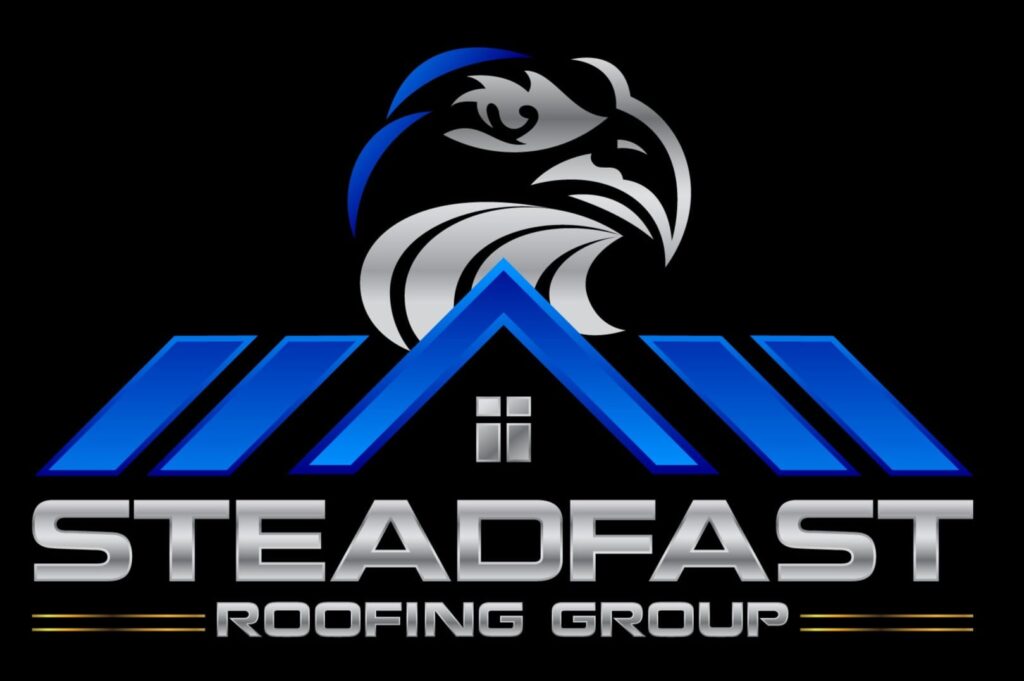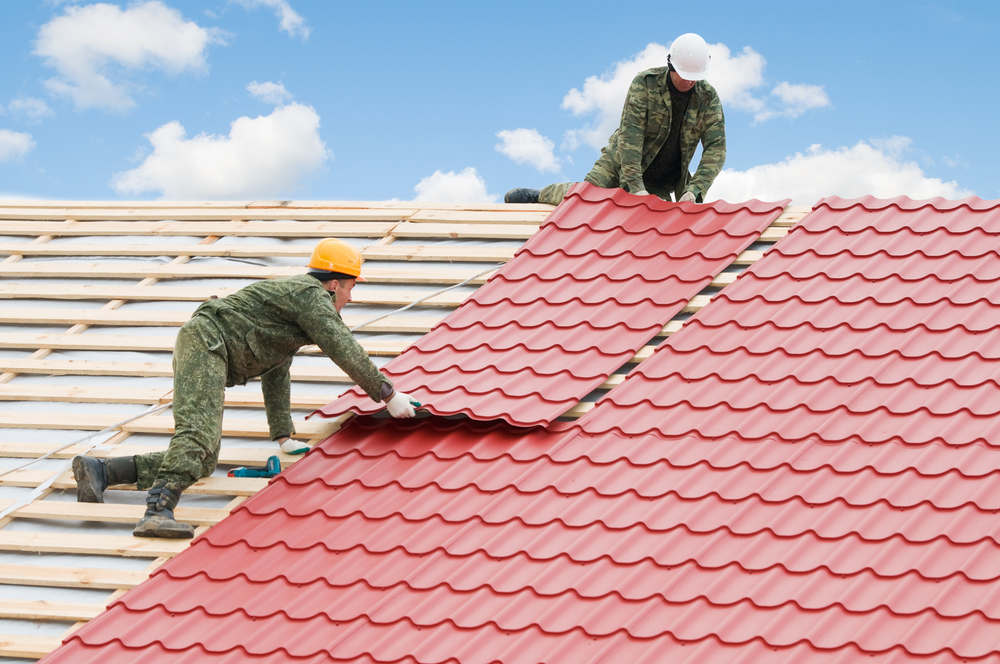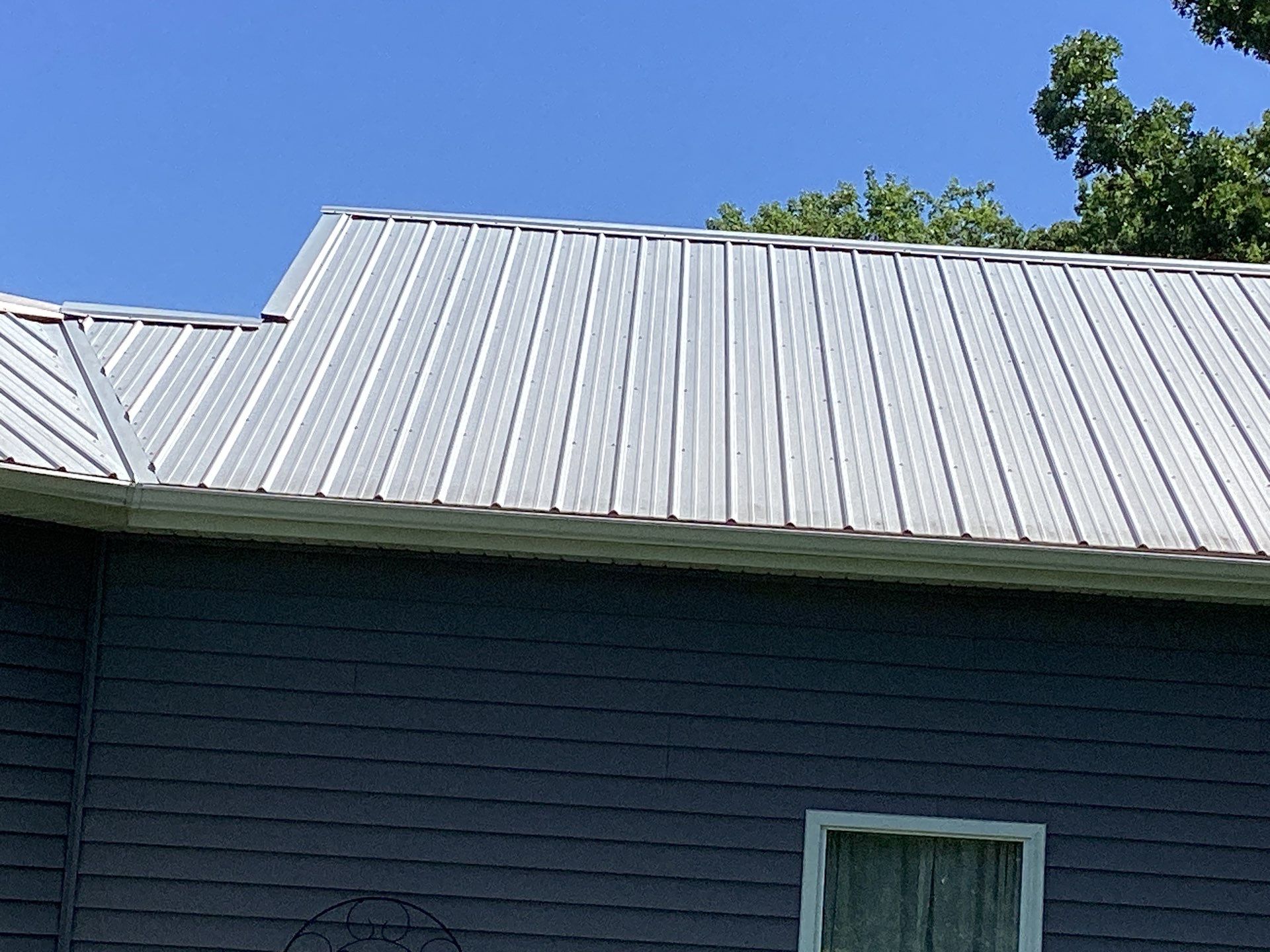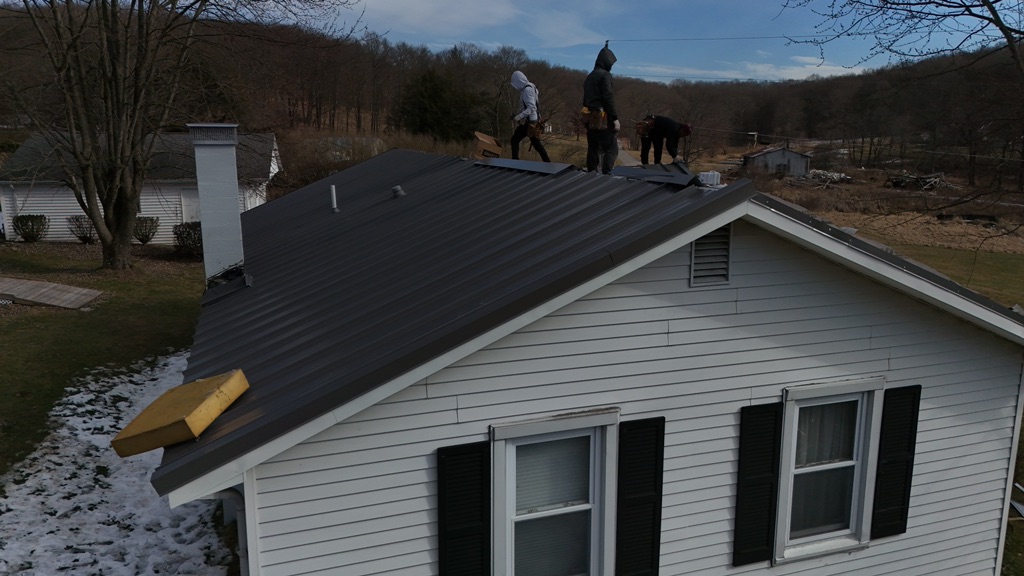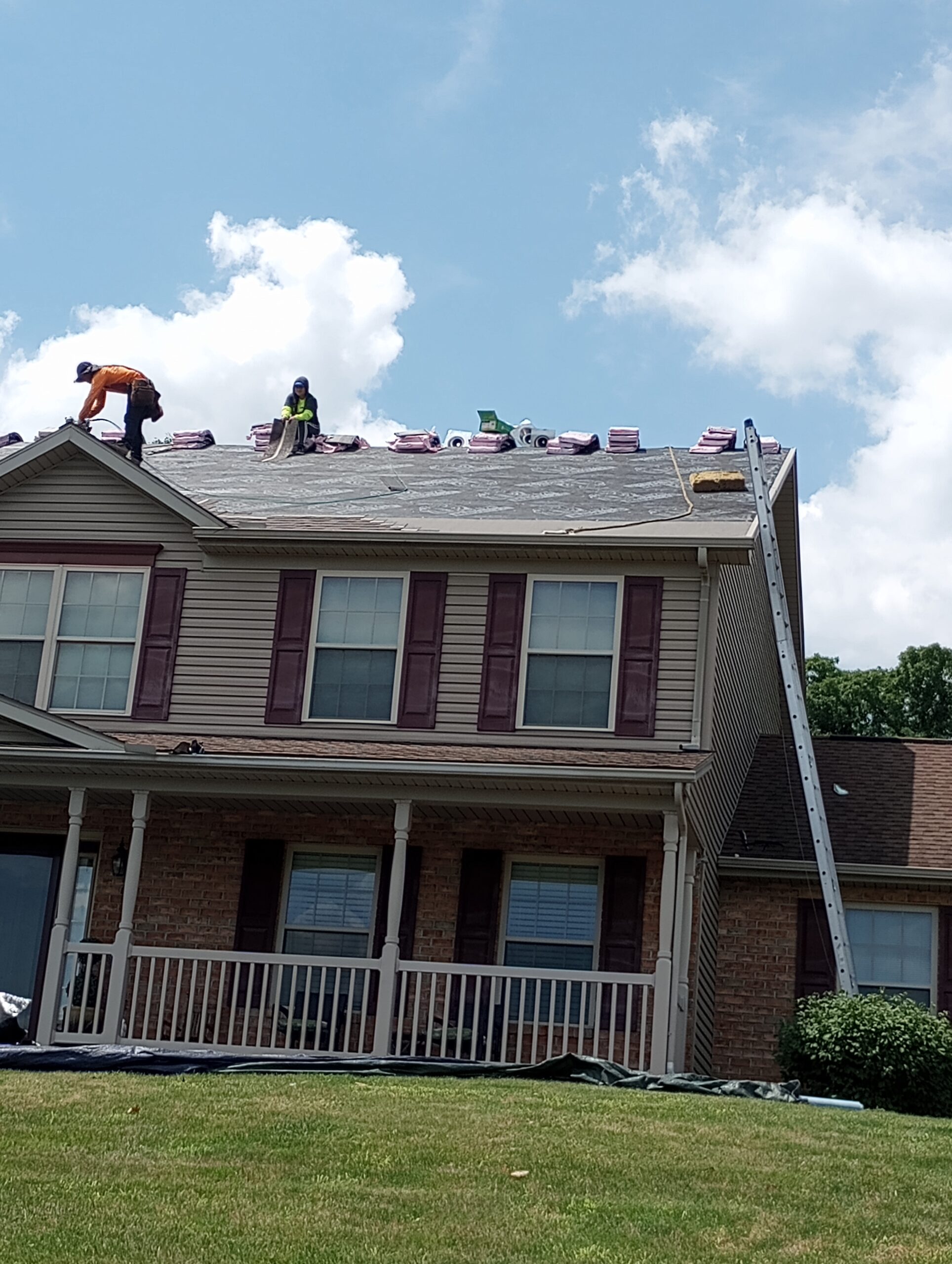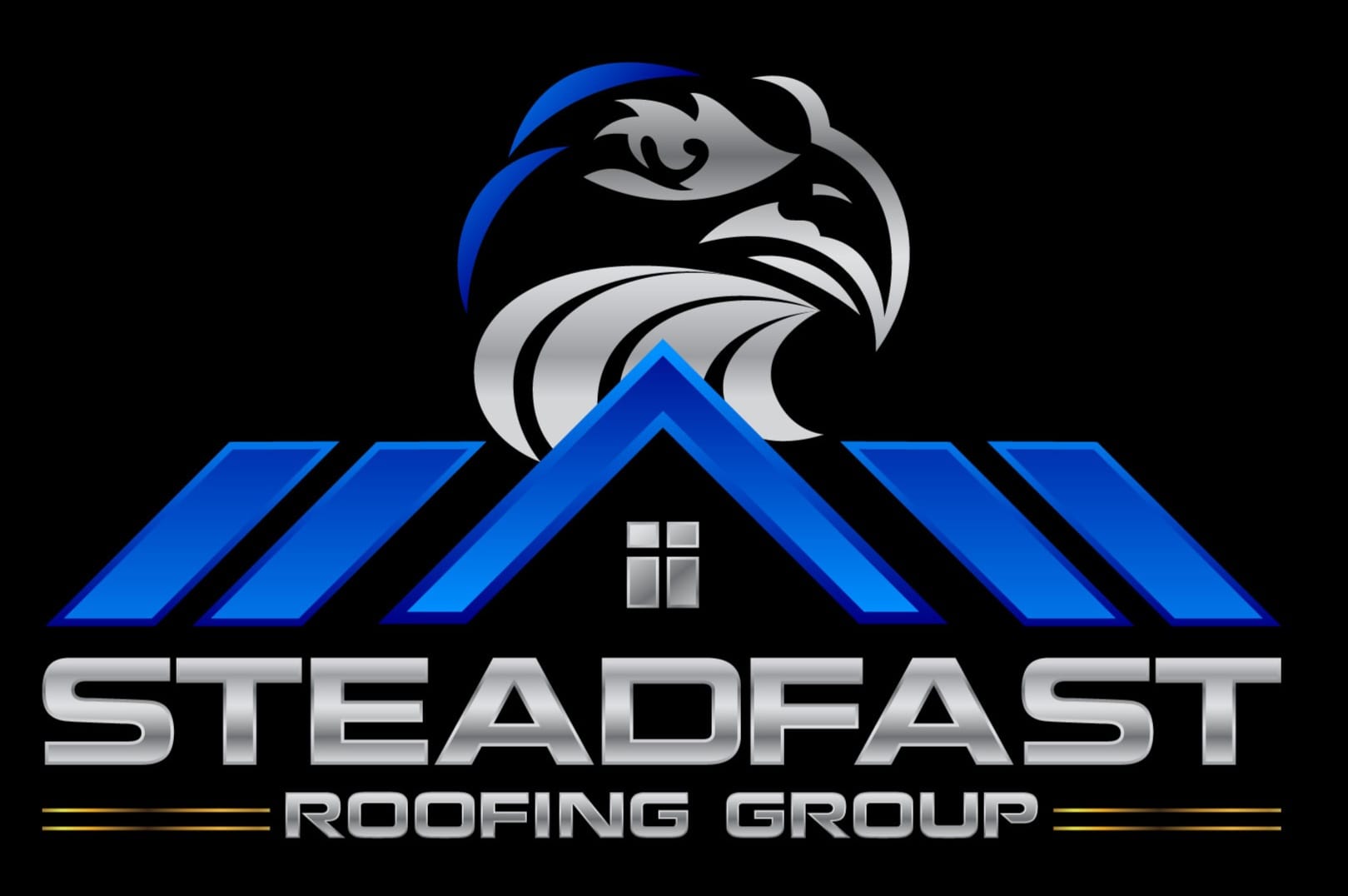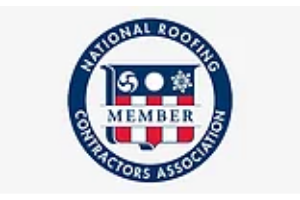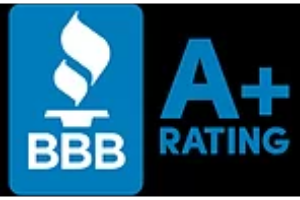Roof leaks can cause serious damage to the structure of a home. They are often underestimated and overlooked, as homeowners may not be aware that certain conditions can lead to roof leaks.
This article will explore five unexpected causes of roof leaks and how they can be fixed. It is important for homeowners to understand these common sources of roof leakage so that proactive steps can be taken in order to prevent long-term structural issues from developing.
With the right knowledge and preparation, it is possible to identify potential problem areas before an issue arises, thereby protecting one’s property against costly repairs or even total replacement.
In addition, this article will provide tips on how best to fix any existing roof leaks quickly and efficiently. From identifying warning signs early on to properly sealing any cracks or crevices with quality materials, readers will come away with all the necessary information needed in order to protect their homes from water damage caused by unnoticed roof leaks.
Poor Flashing
Flashing is an important element in any roofing system, as it provides a waterproof barrier along edges and seams. When improperly installed or poorly maintained flashing can cause significant damage to a structure due to water infiltration from rain, snow, ice, and wind-driven moisture.
Many unexpected roof leaks are caused by improper installation of flashing such as when nails are not driven deep enough into the substrate for proper adhesion. In addition, poor maintenance of existing flashings may allow debris accumulation which will impede drainage and eventually lead to corrosion or deterioration of the materials. Poorly sealed joints around chimneys, skylights, and other rooftop protrusions also create potential points of leakage if they become loose over time.
It is therefore extremely important that appropriate flashing systems be properly designed, installed, and maintained in order to ensure long-term protection against water intrusion in all types of roofs. The key to avoiding these issues is making sure that the right type of flashing is used with correct application techniques depending on the substrates being joined together as well as ensuring regular inspections are performed so that any problems can be remedied before causing major damage.
Flashings should always be inspected after high winds where shingle displacement could have occurred; any damaged sealants should then be replaced in order to prevent future water ingress through those areas. Ultimately, regularly scheduled maintenance checks and timely repairs play an essential role in keeping your roof leak free for years to come.
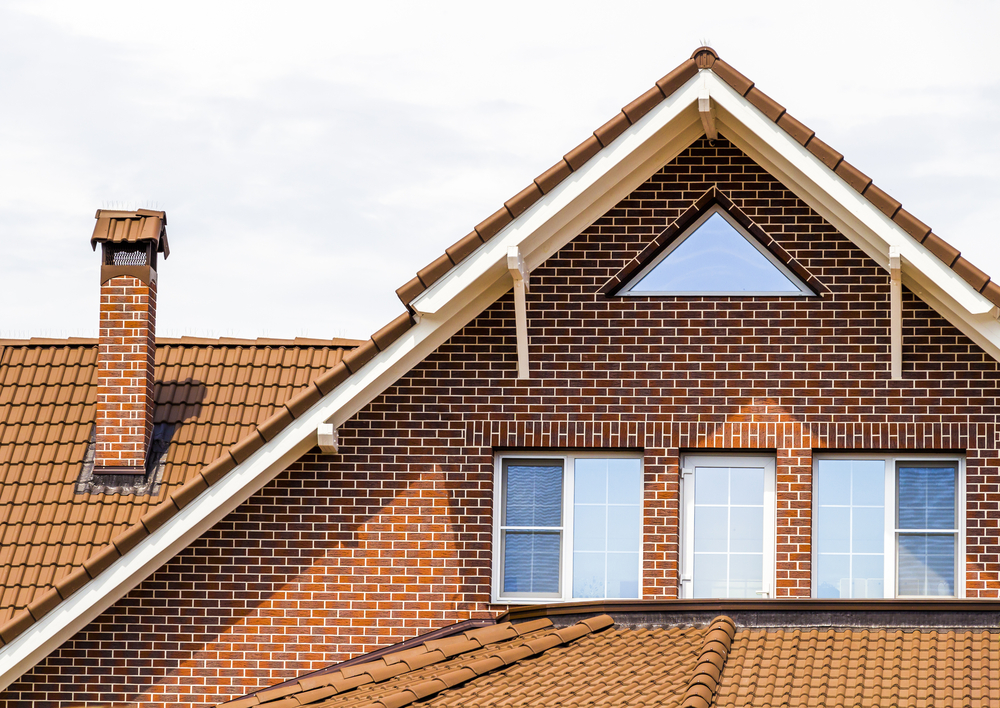
Missing Shingles
The harsh elements of nature can take a toll on the shingles of one’s roof, resulting in aging and wear. Any missing or damaged shingles should be immediately addressed to prevent further damage and potential leaks.
Improper installation is another cause for concern – if not installed correctly, water may penetrate through gaps between the overlapping layers of shingles, leading to significant structural degradation over time. To help avoid this issue, it is important to ensure that the first row of shingles is firmly anchored and extends at least two inches past the edge of the roof deck.
Additionally, any new replacement must be aligned with existing ones so that adequate overlap occurs when attaching them together. By taking these proactive steps and regularly inspecting for signs of aging, homeowners can have confidence that their roofs are secure from unexpected causes of leaking.
Cracked Caulking
Cracked caulk is a frequent cause of roof leaks and can be caused by aging materials or improper installation. Over time, UV rays from the sun can degrade the quality of caulking around vents, skylights, and other fixtures on your roof. Improper installation of new caulk also contributes to cracks that allow water to enter through gaps in your home’s exterior.
If you notice cracking or peeling on seals around your roof, it’s important to act quickly as any delay could lead to further damage inside your home.
To fix this issue, start by removing all existing caulk with a putty knife or razor blade; then sand down old surfaces with fine-grit sandpaper before applying fresh sealant. When installing new caulking, make sure that edges are sealed properly and no gaps remain between the two surfaces which could let moisture seep into vulnerable areas of your home.
After application, give the sealant sufficient time to cure according to manufacturer instructions before testing its durability against weather conditions. Taking these steps will help ensure that your roof remains waterproof and protected for years to come.
Poor Ventilation
In addition to cracked caulking, poor ventilation can also cause roof leaks.
Poorly ventilated roofs are more prone to damage from outside elements such as extreme weather, ice and snow buildup, and even overhanging trees.
Improper installation of vents can be a major factor for inadequate airflow in the attic space which causes moisture saturation inside the building.
This leads to water accumulation on the underside of the roof decking resulting in compromised shingle integrity and ultimately causing leaks into a home or business.
The best way to fix this type of problem is by properly installing an adequate amount of ventilation in order to regulate airflow within the attic area.
Sufficient intake near the soffit combined with exhaust at the ridge line will help reduce condensation build-up while preventing heat transfer during the summer months.
Additionally, trimming back any branches that hang too close to your roofline will prevent them from scratching against shingles and potentially creating weak spots where water could seep through.
Ice Dams
Ice dams are a common cause of roof leaks and can occur in colder climates. They form when melting snow runs down the roof, freezes at its edge, and accumulates into an ice barrier. This blockage prevents additional water from draining off the roof properly which then backs up under shingles and eventually leads to leakage.
The best way to prevent ice dam formation is by making sure that there is proper insulation and ventilation in your attic so it stays warm enough for any snow on the roof to melt before freezing near the edge. Additionally, keeping gutters clear of leaves or other debris can help with drainage in cold weather, allowing melted snow to flow freely away from your home’s foundation.
To remove existing ice dams, you can use hot water poured directly onto them as long as no live electrical wires exist nearby. You can also contact professional roofers who have access to specialized tools that make removing these troublesome blocks easier and more efficient than attempting to do it yourself.
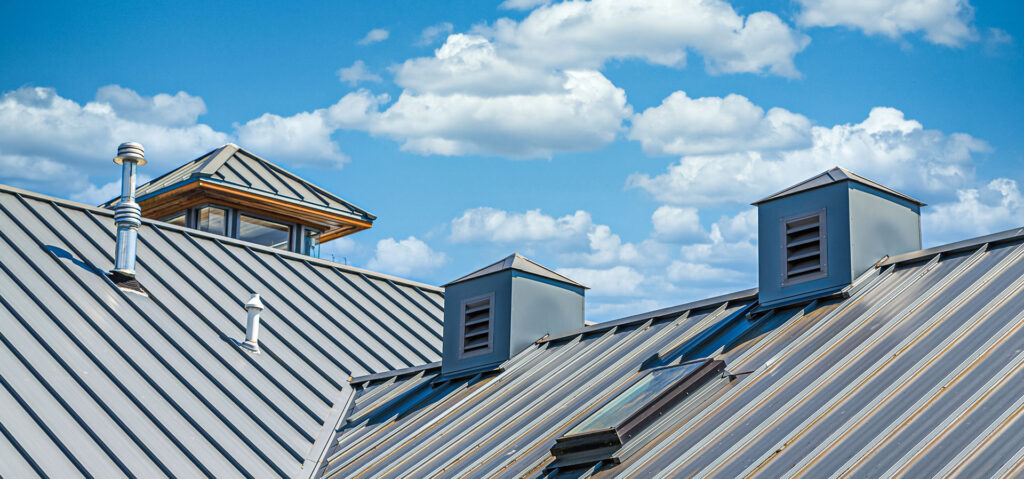
Clogged Gutters
Ice dams are a common cause of roof leaks, but clogged gutters can also lead to issues. When the gutters become filled with debris such as leaves and sticks, they cannot hold any more snow build-up. This places extra pressure on the roof and forces water under the shingles or down into the walls of your home.
It is important to regularly clean out your gutters in order to avoid this problem. It is best to inspect your gutters after every major weather event like a heavy rainstorm or an accumulation of snowfall. If you notice that there is an excessive amount of buildup inside them, then it’s time for some maintenance.
You should remove all of the debris from within the gutter so that it doesn’t restrict the flow of water away from your house. Additionally, if possible, make sure to check for blockages further along in the drainage system so that no water remains pooled around your home’s foundation. Taking preventative measures will help ensure that unexpected roof leaks do not occur due to clogged gutters.
Improperly Sealed Vents
The roof vents that are present on the roof of a building can be a major cause of unexpected leaks if they are not properly sealed. Weatherproofing these vents is an important part of roof maintenance and should not be neglected.
It is recommended to use specialized caulking or sealant for this task as it provides enhanced protection from the elements. Properly sealing all visible cracks around each vent will ensure that water does not enter through them, leading to greater longevity of your roof system.
Additionally, replacing any old seals with new ones every few years will help keep moisture out, ensuring the integrity of your roof in the long run. By taking proper care of your rooftop vents and weatherproofing them regularly you can avoid potential issues such as unexpected leaks due to improper sealing.
